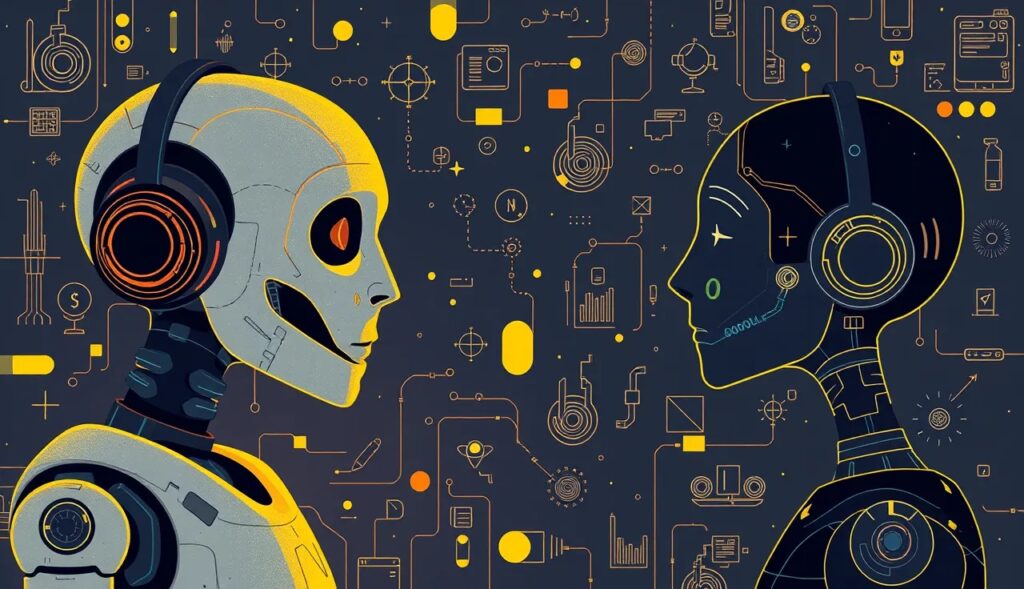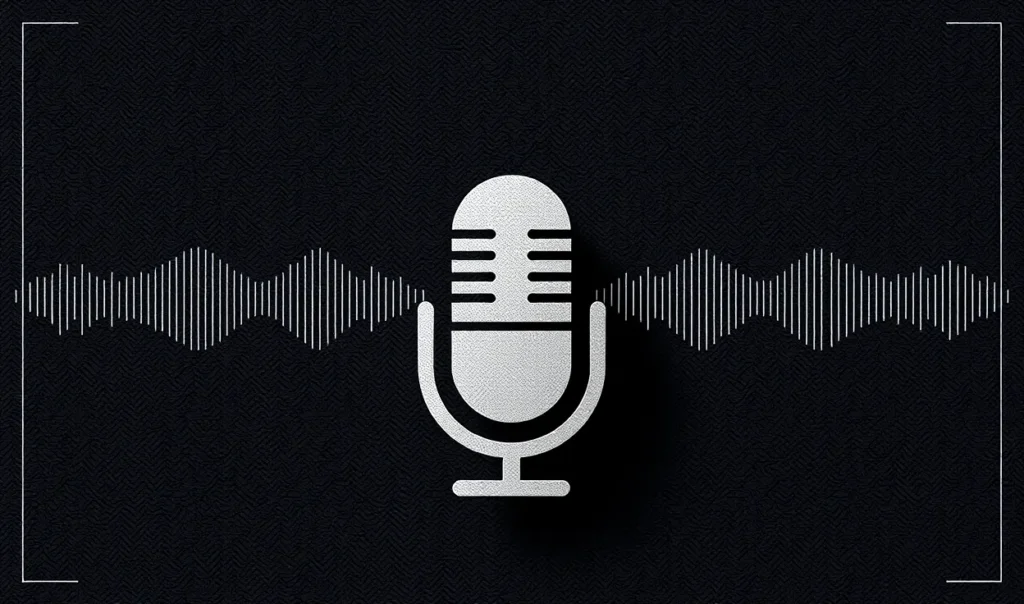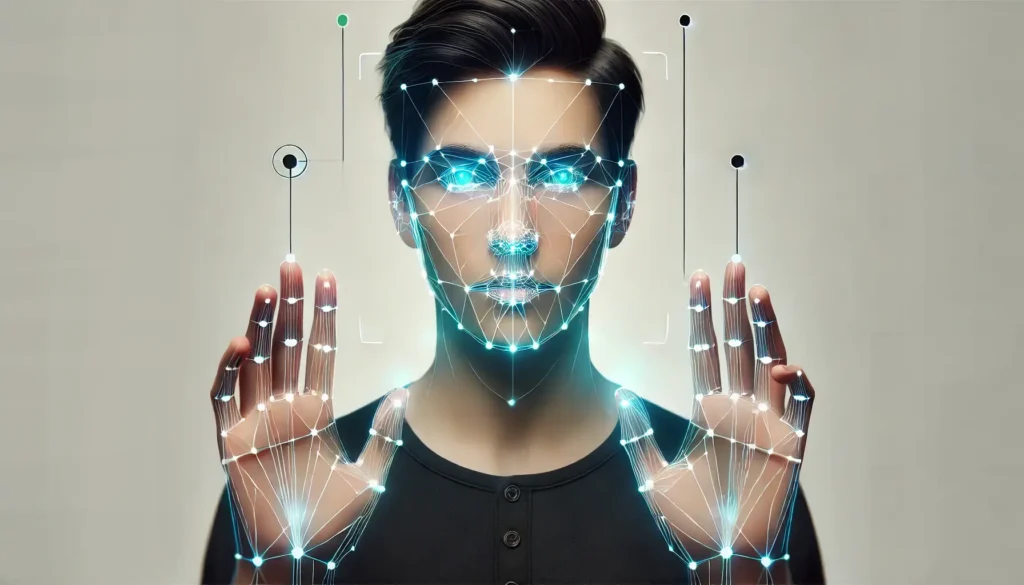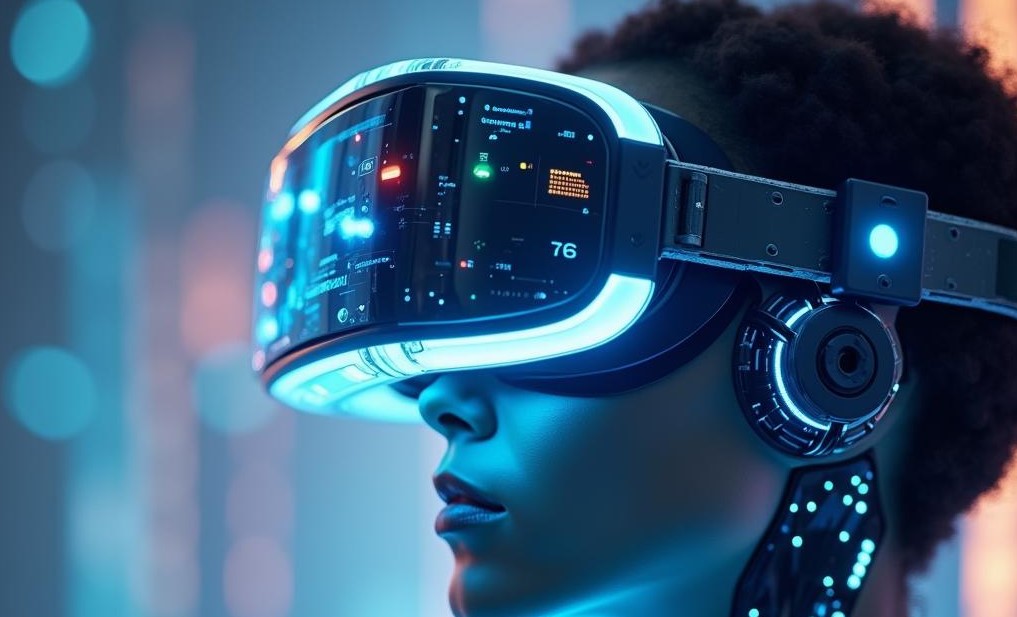
AI voice recreation is a breakthrough with profound implications for communication, accessibility, and creativity. By mimicking the nuances of human speech, it empowers individuals, industries, and even entire communities.
What Is AI Voice Recreation?
Defining the Technology
AI voice recreation refers to the use of machine learning algorithms to generate realistic synthetic voices. These voices are created by analyzing speech patterns, tone, pitch, and inflection, resulting in outputs that closely resemble human voices.
Key Tools and Technologies
- Deep learning models: Tools like WaveNet and Tacotron 2 revolutionize voice synthesis.
- Text-to-Speech (TTS): Converts written text into spoken words with emotion and clarity.
- Neural networks: Continuously learn and refine voice mimicry.
Real-Life Examples
AI voices now power virtual assistants, provide accessibility tools, and even mimic historical figures for education. The possibilities keep growing.
Empowering Accessibility Through AI Voices
Enabling the Speech-Impaired
For those who have lost their voice due to medical conditions, AI offers hope.
- Personalized voice synthesis helps individuals communicate in their own voice.
- Devices like the EyeGaze system, paired with AI voices, enhance communication for ALS patients.
Supporting the Hearing-Impaired
While it might seem counterintuitive, synthesized voices help in creating more accessible captions and sign-language interpretations, bridging the gap in multimedia communication.
Bringing Text to Life for Visually Impaired Users
AI voice assistants transform books, articles, and online content into rich auditory experiences. Tools like screen readers now sound natural and engaging, encouraging a deeper connection with the material.
Ethical Dilemmas in AI Voice Recreation
Voice Cloning and Consent
AI can replicate voices with uncanny accuracy—but without consent, it becomes a murky ethical territory. Who owns a voice?
- Challenges: Protecting voice rights, especially for public figures and content creators.
- Solutions: Laws like the Deepfake Accountability Act aim to curb misuse.
Combating Misinformation
When misused, AI voice tech can generate fake audio clips, spreading false narratives. Strict regulations and detection tools are vital to mitigating this threat.
Balancing Innovation and Responsibility
While the potential is exciting, ethical guidelines must evolve alongside the technology. Industry leaders are increasingly emphasizing responsible AI development.
The Role of AI Voices in Creativity
Revolutionizing Storytelling
Imagine audiobooks narrated by an AI version of your favorite celebrity. This opens doors to dynamic, personalized storytelling that adapts to your preferences.
Musical Applications
AI can recreate iconic voices for musical tributes or even enhance live performances by blending human and AI harmonies seamlessly.
Language Learning
AI-generated voices offer learners exposure to diverse accents and dialects, making language acquisition more authentic and effective.

Exploring Emotional AI in Voice Recreation
What Is Emotional AI in Voice Synthesis?
Emotional AI combines speech synthesis with emotion recognition algorithms to produce voices that reflect human feelings. These systems analyze elements like tone, pitch, and speech cadence to mimic authentic emotional expression.
- Key Components of Emotional AI:
- Prosody Modeling: Adjusting pitch, rhythm, and stress to express emotions.
- Context Understanding: Identifying emotion based on the content of a sentence (e.g., happy tones for good news, somber tones for tragic news).
- Dynamic Responses: Real-time adjustment of emotional tone based on user interactions.
Current Capabilities
- AI voices can now:
- Express excitement in customer service chatbots to keep users engaged.
- Read bedtime stories with calming tones, enhancing storytelling experiences.
- React empathetically in mental health applications, such as virtual therapy.
Applications of Emotional AI in Voice Recreation
Transforming Virtual Assistants
AI-driven virtual assistants like Alexa, Siri, and Google Assistant are evolving to understand not just words but also the emotional context behind queries. Imagine a virtual assistant that offers a comforting tone when you sound distressed.
- Benefits:
- Builds trust and rapport with users.
- Enhances user satisfaction by making interactions feel personal and empathetic.
Storytelling and Entertainment
AI voices that adapt their tone based on the storyline are revolutionizing how we consume content.
- Audiobooks and Podcasts: Emotional narration brings characters and events to life, deepening listener engagement.
- Gaming: NPCs (non-playable characters) with emotionally adaptive voices create immersive and responsive game environments.
Healthcare and Therapy
The ability of AI voices to convey empathy has enormous potential in healthcare.
- Virtual Therapists: Emotional AI provides a supportive, non-judgmental environment for individuals struggling with anxiety or depression.
- Assistive Devices for the Elderly: AI voices that project warmth can help reduce loneliness and provide reassurance.
Challenges in Emotional AI for Voice Recreation
Subtlety and Nuance
Emotions are rarely black and white. For example, sarcasm blends frustration with humor, making it tough for AI to replicate accurately.
- Current systems often struggle with mixed emotions, such as a voice that is both firm and empathetic.
Data Bias
AI systems are trained on datasets that might reflect specific cultural or emotional norms. This can lead to biased or unnatural outputs in global contexts.
Ethical Concerns
- Manipulation Risks: Emotionally persuasive AI voices could be used to influence people unethically, such as in sales or political campaigns.
- Trust Issues: Overuse of emotionally charged voices in virtual assistants might blur the line between human interaction and automation.
Case Studies and Success Stories
Stephen Hawking: A Personalized Voice Legacy
The Challenge
Physicist Stephen Hawking relied on assistive technology for decades due to ALS, which rendered him unable to speak. Though groundbreaking at the time, the synthesized voice he used was monotone and lacked personalization.
The Solution
A collaborative effort between AI developers and speech scientists led to the refinement of a customized AI voice that preserved Hawking’s signature tone. By analyzing older recordings of his natural speech, they reconstructed a voice that felt more personal and expressive.
The Impact
- This innovation allowed Hawking to communicate with greater emotional depth, enriching his lectures and public appearances.
- It set a precedent for creating personalized voices for individuals with speech disabilities.
Sonantic: AI Voices in Hollywood
The Challenge
The film industry often faces tight production deadlines, making it difficult to schedule voice actors for last-minute changes or additional dialogue.
The Solution
Sonantic, an AI voice platform, provided a solution by creating hyper-realistic voiceovers. For example, the platform helped in creating backup dialogue for movies where actors couldn’t return to the studio.
The Impact
- Directors used AI voices during editing, allowing seamless incorporation of last-minute changes.
- In one notable project, Sonantic generated a synthetic voice for a character in a feature film, blending perfectly with human actors.
Hollywood now sees AI voices as a creative partner, not a replacement, improving flexibility while maintaining artistic integrity.
ALS Patient Communication: Voice Preservation
The Challenge
Patients with ALS (Amyotrophic Lateral Sclerosis) often lose their ability to speak entirely, leaving them reliant on generic, robotic voices.
The Solution
Startups like VocaliD are changing lives by offering personalized voice banking services. ALS patients can record snippets of their voice before they lose the ability to speak. These samples are then used to create a synthetic voice that mimics their unique tone and inflection.
The Impact
- Patients can communicate with loved ones using a voice that feels authentically theirs, preserving their identity.
- This has provided emotional comfort and a sense of autonomy to thousands of individuals.
Preserving Endangered Languages with AI Voices
The Challenge
Around the world, hundreds of languages are at risk of extinction. Traditional methods of language preservation, such as written documentation, often fail to capture the auditory richness of these languages.
The Solution
Projects like Google’s Endangered Languages Project and initiatives by universities have employed AI voice recreation to:
- Record native speakers.
- Synthesize realistic voices to teach pronunciation and intonation.
The Impact
- Languages like Ainu (spoken in Japan) and Konkani (spoken in India) now have digital resources that ensure their survival for future generations.
- Communities have access to AI-powered tools that revive cultural pride and education.
Vocal Assistants for Mental Health: Woebot
The Challenge
Mental health resources are limited, and access to therapists remains a barrier for many. Patients needed a tool that felt conversational and empathetic while maintaining accessibility.
The Solution
Woebot, a mental health chatbot, integrated emotionally adaptive AI voices to offer comforting and conversational interactions. The chatbot could convey empathy, cheerfulness, or calmness based on the user’s mood and input.
The Impact
- Users reported higher engagement and trust in the platform, compared to text-only interactions.
- Emotional AI in voice form made mental health support more accessible for users who might otherwise not seek help.
Lessons from These Success Stories
- Personalization Matters: Whether for speech-impaired individuals or language preservation, custom solutions build stronger connections.
- Collaboration Drives Innovation: Successful projects often combine expertise from developers, linguists, and medical professionals.
- Ethical Design Is Essential: Ensuring consent and authenticity safeguards the integrity of AI voice applications.
These case studies illuminate the vast potential of AI voice recreation to solve problems, enhance creativity, and empower voices—both metaphorically and literally—that would otherwise remain unheard.
Challenges in Perfecting AI Voice Recreation
Ensuring Authenticity
Synthetic voices need more than accuracy; they must convey emotion. AI struggles with subtleties like sarcasm or humor, but advancements in emotion AI are narrowing the gap.
Reducing Bias in AI Models
Bias in training datasets can lead to voices that favor certain demographics. Diverse, inclusive datasets are key to avoiding stereotypical or exclusionary outputs.
Processing and Data Demands
Voice synthesis requires immense computational resources. Innovations in edge computing and optimized algorithms aim to make this technology more sustainable.
Looking Ahead: The Future of AI Voices
Democratizing Voice Technology
With open-source platforms, AI voice recreation becomes accessible to smaller businesses and individuals, fostering innovation across sectors.
Integrating with AR and VR
AI voices will power fully immersive environments, from virtual classrooms to interactive games, enriching augmented and virtual reality experiences.
Creating a Personalized World
As AI learns user preferences, it could deliver content in a voice tailored just for you—a truly personalized auditory experience.
By bridging gaps, amplifying creativity, and addressing challenges, AI voice recreation is transforming communication as we know it. Its potential to empower, educate, and entertain is only just beginning.
FAQs
Are there any free tools for experimenting with AI voice recreation?
Yes, there are free and open-source tools available, such as Mozilla’s TTS (Text-to-Speech) and Google’s Text-to-Speech API. These platforms allow developers and enthusiasts to experiment with creating basic AI voices.
While free tools may have limitations in customization or voice quality, they are excellent for prototyping and learning.
How are AI voices used in accessibility for the visually impaired?
AI voices enhance accessibility tools like screen readers, converting written text into natural-sounding speech. This makes online content, books, and applications more usable for the visually impaired.
For instance, JAWS (Job Access With Speech) and NVDA (NonVisual Desktop Access) use AI-generated voices to provide an intuitive auditory experience for users.
Can AI voices reduce costs for small businesses?
Absolutely. AI voice technology allows small businesses to produce professional-grade voiceovers for marketing, training, and customer service without hiring voice actors.
For example, startups use AI platforms like Lovo.ai to create high-quality voiceovers for explainer videos or automated phone systems at a fraction of the cost.
Are AI voices suitable for live performances?
Yes, but with limitations. AI voices have been used in experimental live performances where dialogue or narration changes dynamically. However, latency and emotional depth remain challenges in real-time use.
For example, musicians like Holly Herndon have incorporated AI-generated harmonies into live shows, blending technology with artistry.
How are AI voices improving mental health tools?
AI voices play a vital role in mental health apps by making interactions more personal and empathetic. Virtual therapists with warm, soothing tones provide support for stress, anxiety, and loneliness.
For example, the app Replika uses emotionally responsive AI voices to create an engaging and comforting environment for users seeking companionship or mindfulness exercises.
Can AI recreate a specific dialect or accent?
Yes, AI can replicate specific accents and dialects, provided it has access to sufficient data. This is valuable for localization in entertainment and creating culturally relevant voice assistants.
For instance, AI tools have been used to synthesize regional accents like Australian English or Scottish Gaelic for targeted advertising campaigns or cultural projects.
How does AI voice recreation handle languages with complex tones, like Mandarin or Thai?
AI systems are trained on tonal languages using datasets that include variations in pitch and inflection, essential for conveying meaning. Advanced models can now replicate the intricate tonal qualities required for languages like Mandarin, Thai, or Yoruba.
For example, iFlytek, a leader in voice technology, specializes in creating AI voices for tonal languages with high accuracy.
What role does AI voice recreation play in the metaverse?
In the metaverse, AI voices bring virtual avatars to life, making interactions more immersive and personalized. These voices can adapt to the user’s personality, emotions, and communication style.
For example, in platforms like VRChat, AI-generated voices allow users to create unique vocal identities, enhancing their presence in virtual spaces.
How sustainable is AI voice technology?
AI voice systems consume significant computing power, which raises concerns about energy use. However, advancements in energy-efficient AI models and edge computing are making the technology more sustainable.
For example, companies like NVIDIA are working on reducing the carbon footprint of AI training, enabling voice systems that are both powerful and eco-friendly.
Resources
AI Voice Platforms and Tools
Google Text-to-Speech (TTS)
Google’s API offers powerful tools to convert text into natural-sounding speech. It supports multiple languages, accents, and tonal variations.
- Website: Google Cloud Text-to-Speech
- Use Case: Great for app integration, accessibility tools, and dynamic audio generation.
Amazon Polly
Amazon Polly uses advanced deep learning to create lifelike voices for text-to-speech applications.
- Website: Amazon Polly
- Use Case: Ideal for customer service automation and personalized audio branding.
Resemble.ai
This platform specializes in voice cloning and custom voice generation. It allows users to create unique voices or clone existing ones.
- Website: Resemble.ai
- Use Case: Useful for creating branded voices or voiceovers for media content.
Sonantic
Focused on lifelike voice recreation for the entertainment industry, Sonantic produces emotionally rich voices ideal for gaming and film.
- Website: Sonantic
- Use Case: Advanced voice acting for storytelling and dynamic entertainment experiences.
VocaliD
VocaliD specializes in creating personalized voices for individuals with speech impairments.
- Website: VocaliD
- Use Case: Ideal for healthcare and accessibility applications.
Open-Source Tools
Mozilla TTS
A free and open-source text-to-speech engine that allows developers to experiment with voice synthesis.
- Repository: Mozilla TTS on GitHub
- Use Case: Perfect for prototyping and small-scale projects.
Coqui TTS
An open-source project that offers high-quality text-to-speech synthesis with neural networks.
- Website: Coqui TTS
- Use Case: Great for research and experimentation.
OpenAI Whisper
Whisper is OpenAI’s speech recognition system, which can also be adapted for voice-related projects.
- Repository: OpenAI Whisper on GitHub
- Use Case: Useful for transcription and voice data preprocessing.
Research Papers
Tacotron 2
This groundbreaking paper introduces Tacotron 2, an advanced model for text-to-speech synthesis.
- Paper: Tacotron 2: Google Research
WaveNet
WaveNet by DeepMind focuses on generating high-quality, natural-sounding audio.
- Paper: WaveNet: DeepMind Research
Emotional AI in Voice Synthesis
Explores how emotional inflections can be generated in synthetic voices.





